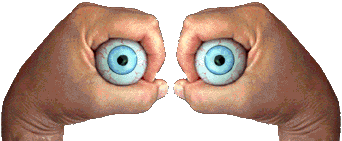Yeah but you consider the fact that he faced the grass co-GOAT or GOAT who also happens to be the absolute perfect matchup against him. Yet he still came close to the finish line against him 2 seperate occassions.
I realize the danger of saying "If Fed wasn't there Roddick would have won" but in this case I think he would be good enough to win 1 in other eras and probably multiple in this one. If he can come that close to beating prime/peak Federer then he can beat other ATG on an off day or take advantage when the draw opens up. Remember besides Sampras and Borg no one has came close to matching Federer's consistency on grass at peak and even then the other 2 were a little more vulnerable to getting pushed. I mean Federer got taken 5 sets 0 times in his grass peak. Roddick came closest.
I don't think it is out of the question that Roddick could maybe take out the weaker versions of Sampras at Wimbledon (98 and 00) if if Pete had an off day. Of course peak Roddick would be making hay in 01-02 at Wimby as well. Sampras was quite shaky in a fair number of those matches. Same goes for the 80's. I think he would get his 1 wimbledon in pretty much any era. I think he could cash in multiple in this era.
I agree that he played some really competitive matches against Roger, but he also had some pretty big scares in QF and/or SF rounds at many of those Wimbledons. In 2005, Grosjean took him to 5 sets in the QF, and he struggled past Johansson in 4 sets (winning the last two sets in 12-10 and 7-5 tiebreakers) in the SF. In 2009, a semi-injured Hewitt took him to 5 sets in the QF, and he scraped past Murray in 4 sets (9-7 and 7-5 tiebreakers in sets 3 and 4) in the SF. And in 2004, he had a tight 4 setter in the SF against Ančić, who was clearly talented but had a losing record outside of Wimbledon that year.
If you transplant Roddick into, say, 1993 or 1994, those QF or SF matches might have been played against Becker, Edberg, Agassi, Stich, or Ivanišević, with ARod having to win both of those matches just to get to Sampras, who was pretty close to Fed's level.



